
Log cabin costs vary depending on the size of the cabin, the location, and the cabin style. This guide will help you figure out the true cost of a log cabin.
The cost to build a custom home averages $825,000, and most projects total between $300,000 and $1,200,000, depending on location, home size, design, material quality, and more.


Building custom is twice as expensive as a standard build, ranging from $200 to $550 per square foot.
House size is one of the most significant cost factors, with each additional bedroom adding $200,000 to $225,000 to your total costs.
You’ll need to hire a structural engineer, which adds $2,000 to $10,000 to your cost.
You also need an architect to build a custom home, which adds an extra $10,000 to $60,000 to your project.
Land cost is another major factor, which depends on the state you choose to build in—a custom home in Georgia costs around $755,000, while a California custom build can cost $1.2 million or more.
The average cost to build a custom home is $825,000. You could pay as little as $160,000 for a small, 800-foot custom build with mid-range finishes or as much as $3,500,000 for a 4,000-square-foot home with luxury finishes. Pricing varies widely by location and also depends on home size, material quality, foundation type, and more.
Many homeowners will begin their house plans with the number of bedrooms they want or need, so it’s helpful to use this as a gauge to determine the cost to build your custom home. Total costs won’t depend directly on the number of bedrooms, but it’s a good benchmark to use to get a rough idea of your total. Adding bedrooms means more square footage, both for the bedrooms themselves and for added living area to support a larger family.
| Number of Bedrooms | Average Build Cost |
|---|---|
| 3 | $600,000 |
| 4 | $825,000 |
| 5 | $1,000,000 |
| 6 | $1,200,000 |
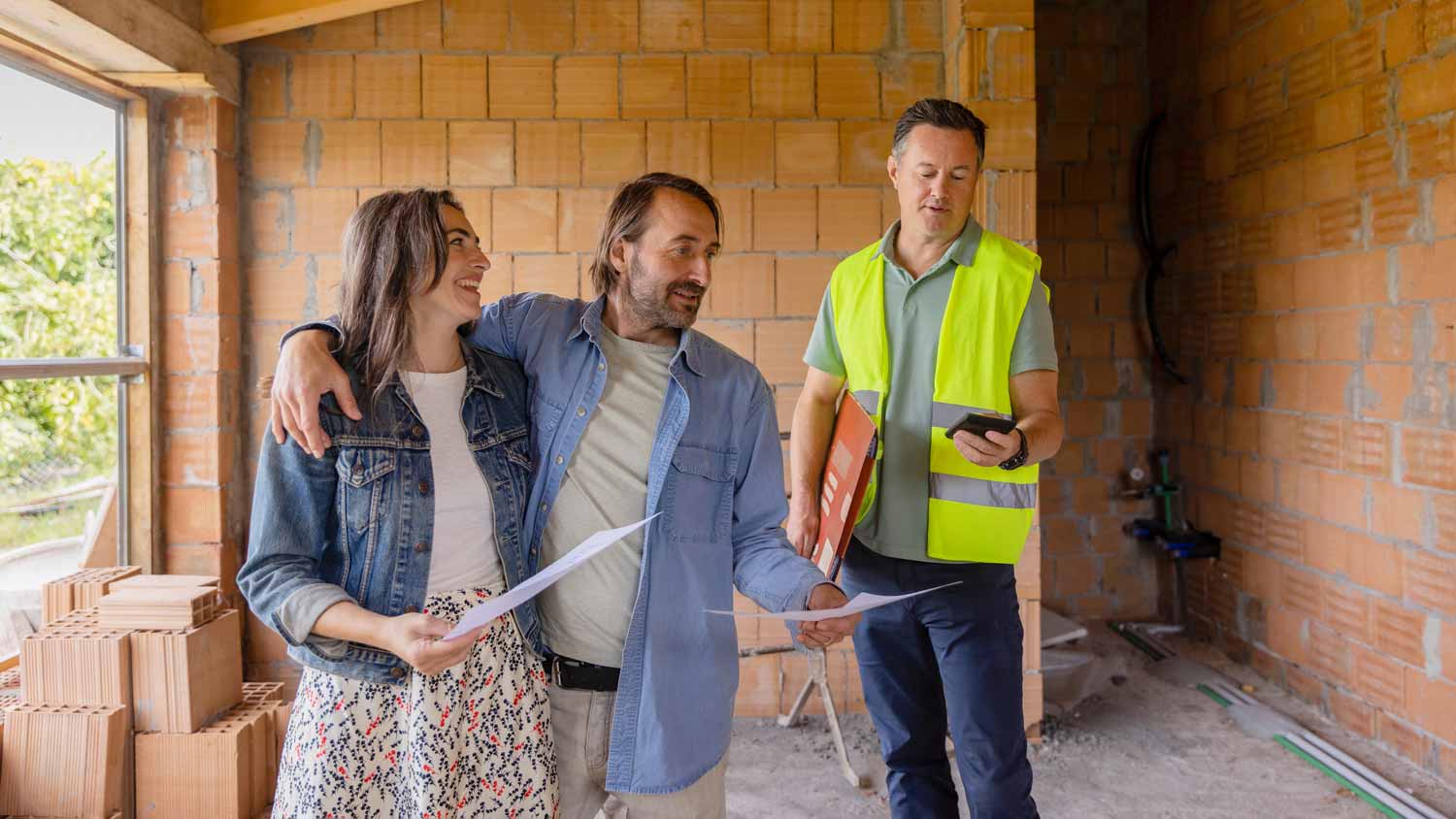
It costs between $200 and $550 per square foot to build a custom home, so if you know the square footage you want, you can use this cost range to come up with a more accurate price estimate. You can use a cost closer to the $200 mark if you plan on using low-end or mid-range finishes and move closer to $550 per square foot if you know you want a luxury home with high-end materials and features.
| Square Footage | Cost Range |
|---|---|
| 800 | $160,000–$440,000 |
| 1,000 | $200,000–$550,000 |
| 1,500 | $300,000–$825,000 |
| 2,000 | $400,000–$1,100,000 |
| 2,500 | $500,000–$1,375,000 |
| 3,000 | $600,000–$1,650,000 |
| 3,500 | $700,000–$1,925,000 |
| 4,000 | $800,000–$2,200,000+ |
Building a custom home is a highly complex project, so hiring a custom homebuilder near you is all but a requirement. Labor accounts for between 40% and 50% of the total, or an average of between $330,000 and $415,000. Labor costs are higher for custom home builds because your contractor will be doing everything custom, which requires more planning and may extend your new construction timeline.
Building custom means there are no pre-approved building plans to get permits or detailed and specification reports for your builder to work from. These types of construction documents are necessary to move forward and help ensure you know exactly what your finished home will look like. Hiring an architect costs between $10,000 and $60,000, depending on the size and complexity of your home.
You’ll also need to ensure your new home is structurally sound, so you’ll need to hire a structural engineer. A structural engineer costs between $2,000 and $10,000. For this amount, you’ll get their stamp of approval for the structure, as well as structural drawings that your architect will use to design your home.
Your best option is hiring a custom homebuilder to tackle everything from pouring the foundation to putting on the roof and installing flooring. If you choose to hire individual building contractors, though, you can use the pricing below to get estimates for the total labor cost.
Framer cost: $7–$16 per sq. ft.
Plumber cost: $10,000–$20,000 total
Electrician cost: $1,500–$10,000 total
HVAC technician cost: $5,000–$12,500 total
Roofer cost: $5,800–$13,000+
Window installer cost: $3,500–$12,000
Flooring installation cost: $2–$20 per sq. ft.
Drywall installer: $1–$2.10 per sq. ft.
Cost to paint interior: $4,600–$13,800
Carpenter cost: $75–$125 per hour
The cost to build a custom home varies widely based on the location. Prices scale with labor costs, so totals will be higher where the cost of living is above average, like in coastal states or near major metropolitan areas. You may also see a higher cost in remote areas where getting to the construction site is challenging or connecting to utilities is more time-consuming and expensive.
| State | Average Cost |
|---|---|
| California | $1,200,000 |
| Florida | $845,000 |
| Georgia | $755,000 |
| Illinois | $790,000 |
| Michigan | $760,000 |
| New York | $1,000,000 |
| North Carolina | $805,000 |
| Ohio | $785,000 |
| Pennsylvania | $785,000 |
| Texas | $765,000 |
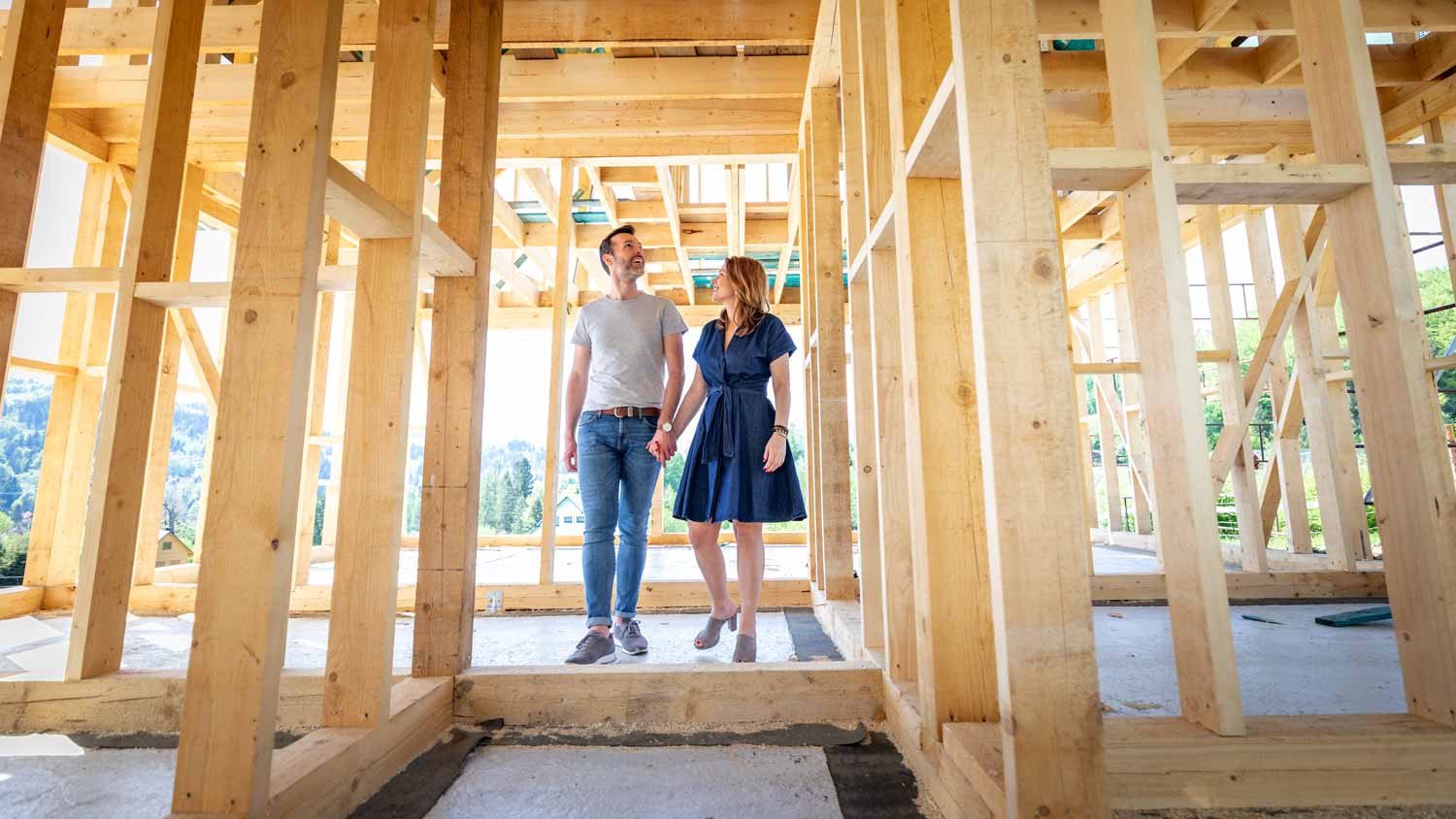
There are many other cost factors that can affect your custom house build cost, from the cost of the land and excavation to the type of foundation and home systems you choose.
The average cost to build a custom home of $825,000 doesn’t include land, which, of course, you’ll need before you can start planning your project. Land can cost anywhere from a few thousand dollars to millions, depending on the size and location.
A crucial mistake to avoid when building a home is neglecting to consider the land preparation you need to do. Below are just some of the costs you may need to cover. Speak with your custom home builder to help decide which line items you need to think about.
| Land Prep | Cost |
|---|---|
| Grading | $5,000–$20,000 |
| Impact report | $1,000–$3,000 |
| Land clearing | $1,300–$6,000 |
| Land survey | $375–$750 |
| Perc test | $750–$1,900 |
| Soil testing | $650–$2,200 |
Connecting utilities to new construction costs an average of $20,400, but this is only a concern if you’re building on a plot that didn’t previously have a home on it. The total can increase to $60,000 or more if you’re building on a remote plot that requires long electrical, water, and sewage connections.
Even if you demolished an old structure where you plan to build your new custom home, you might want to factor in the cost to connect to the sewer if the old property was on a septic system. Running a lateral sewer line to your plot costs between $1,500 and $6,000. If you plan to stay on septic, building a larger home may require a bigger system, so factor in the cost of replacing your septic system, which averages $12,000.
You’ll need building permits for all new construction, and permits come with fees that can fall anywhere between $1,000 and $4,000. Your total depends on the size of the new home and your local municipality’s fee structure. Luckily, a single new construction permit can cover all of the smaller permits you’d normally need for individual parts of the project, like plumbing, roofing, and electrical.
Pouring a new foundation will cost between $5 and $37 per square foot, depending on the type of foundation you choose. A slab foundation is the simplest and most affordable option, while a basement foundation requires more excavation and materials to construct.
| Foundation Type | Cost per Sq. Ft. |
|---|---|
| Basement | $20–$37 |
| Crawl space | $6–$18 |
| Pier and beam | $6–$12 |
| Slab | $5–$18 |
Framing for your new construction will cost between $7 and $16 per square foot, depending on the complexity of the job. For a 2,000-square-foot house, this portion of the build will account for between $14,000 and $32,000. You may need to pay for masonry work instead if you’re considering the cost of a concrete house or a brick house.
When you include plumbing and electrical, and installing ductwork in an average-sized custom home will cost between $25,000 and $50,000. You’ll also need to account for installing the HVAC system in addition to the ductwork, which can add between $5,000 and $12,000.
The finishes for your custom home include siding, exterior trim, gutters, soffits, and fascia boards on the exterior. Inside, finishes include flooring, drywall, painting, tile work, installing the kitchen cabinets, installing the bathroom vanity, installing appliances, and more. This portion of the job can cost between $75,000 and $300,000 or more, depending on the quality of the materials you choose.
After your new custom home is built, your property will likely be a mess from the construction. At the very least, you’ll want to grade the property and seed it, which can cost between $400 and $1,800. However, most homeowners will want a custom yard to match their new custom home, so you may want to consider the following costs, too.
| Project | Cost Range |
|---|---|
| Asphalt driveway | $3,000–$7,500 |
| Concrete driveway | $2,700–$14,500 |
| Concrete patio | $2,000–$5,000 |
| Concrete walkway | $1,600–$2,400 |
| Deck | $4,300–$12,500 |
| Firepit | $200–$3,000 |
| Gazebo | $2,500–$9,500 |
| Outdoor kitchen | $6,000–$100,000 |
| Paver patio | $2,400–$7,000 |
| Pergola | $2,100–$6,300 |
| Porch | $4,000–$90,000 |
| Water feature | $1,000–$5,000 |
Remodeling a home costs an average of $65,000 and tops out around $250,000, so even at the high end of the range, going that route is far more affordable than demolishing your existing structure and building a new custom home.
However, building a new home gives you more freedom when it comes to the size and layout of your house. Remodeling your home could mean making minor changes to the layout and even building home add-ons to increase the square footage, but you’ll still be somewhat restricted by the size of your old foundation and the structural components that are in place. If you want total freedom to create your dream house, building a new custom home is the best option.
Building a custom home can get expensive very quickly, with prices sometimes reaching up to $3,500,000. There are a few things you can do to help keep costs to a minimum.
Choose more affordable materials: Materials account for between 50% and 60% of your custom home build costs, so choosing more affordable options can save you tens of thousands of dollars.
Work with an existing design: Consider using an existing design your architect has and making modifications instead of starting from scratch. This alone could save a few thousand dollars on the architect and structural engineer fees.
Focus on energy efficiency: The federal government and many local and state governments offer rebates, tax credits, and other incentives for energy-efficient buildings that can help you save. Better efficiency also means lower utility costs in the long run.
Build close to utilities: Running utilities to a previously undeveloped plot can add tens of thousands to your total. Instead, build on land where there was previously a home so that you know you have nearby utility connections.
DIY what you can: Planning and constructing your new custom home is a job for professionals, but you can save some labor fees if you can DIY things like laying flooring, installing drywall, and painting.
Work with a local custom homebuilder: Hiring a professional to build your custom home is crucial, and choosing one who has done similar work in your area will help the process go smoothly. A local pro will know what to expect in terms of building code, regulations, soil conditions, and more. Ultimately, this could end up saving you both time and money.
While building a custom home yourself isn’t impossible, you’ll face a lot of challenges to complete even a small homebuilding project without the help of professionals. Not only are structural engineers and architects legally required to build structures in most of the country, but the skills and experience of other experts, like carpenters, framers, and roofers, are indispensable. By hiring a local custom home builder, you won’t need to source these professionals yourself and can focus on your vision for the home.
There are many, many benefits to hiring a custom homebuilder to help you make your vision for your home a reality, including:
Getting help finding builders, architects, engineers, and all the other professionals you’ll need.
Assurance that your home is built properly, safely, and according to code.
Help sourcing quality materials at better prices.
Sourcing reliable subcontractors and professionals through your builder’s network of connections.
Access to warranties that protect your investment.
Help transform your ideas and goals for the home into real plans.
Ensure safety and code compliance during construction and in the future.
Think carefully about the final size of your custom home to ensure it falls within your budget.
Don’t forget to factor in land costs (if you don’t already own the land) when setting the total budget for a custom home.
Do your research on all the materials your build will use—they contribute more than half of the final cost, so identifying where to save and where to spend is key.
After budgeting for materials, labor, land, and architect and engineer fees, consider additional costs such as land preparation, utility connections, permits, and foundation costs.
Don’t forget to account for essential finishing touches, such as HVAC and plumbing systems, interior and exterior finishes, and landscaping.
Home is the most important place on earth, which is why Angi has helped more than 150 million homeowners transform their houses into homes they adore. To help homeowners with their next project, Angi provides readers with the most accurate cost data and upholds strict editorial standards. We extensively research project costs to develop the pricing data you see, so you can make the best decisions for you and your home. We rely on reputable sources, including the U.S. Bureau of Labor Statistics, academic journals, market studies, and interviews with industry experts—all to ensure our prices reflect real-world projects.
Want to help us improve our cost data? Send us a recent project quote to [email protected]. Quotes and personal information will not be shared publicly.
From average costs to expert advice, get all the answers you need to get your job done.

Log cabin costs vary depending on the size of the cabin, the location, and the cabin style. This guide will help you figure out the true cost of a log cabin.
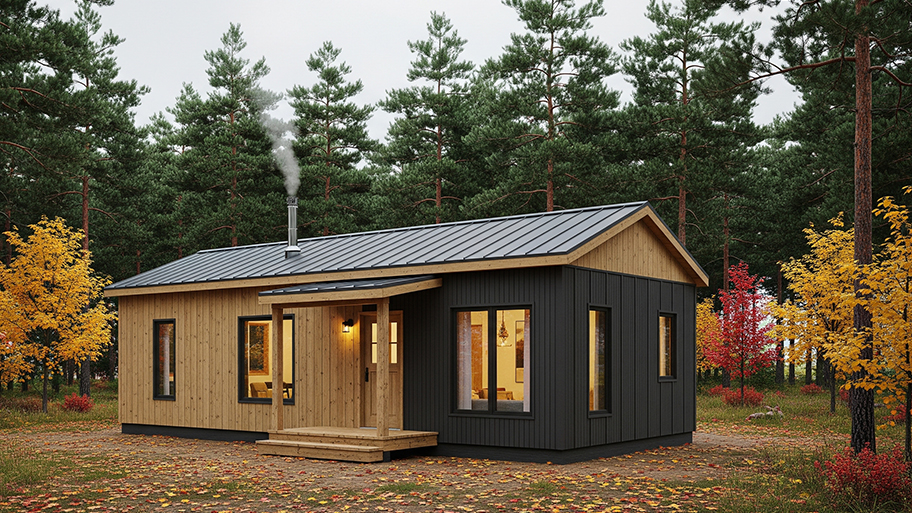
Modular homes are more affordable than stick-built homes, but by how much? Learn about modular home costs to see if they fall within your budget.
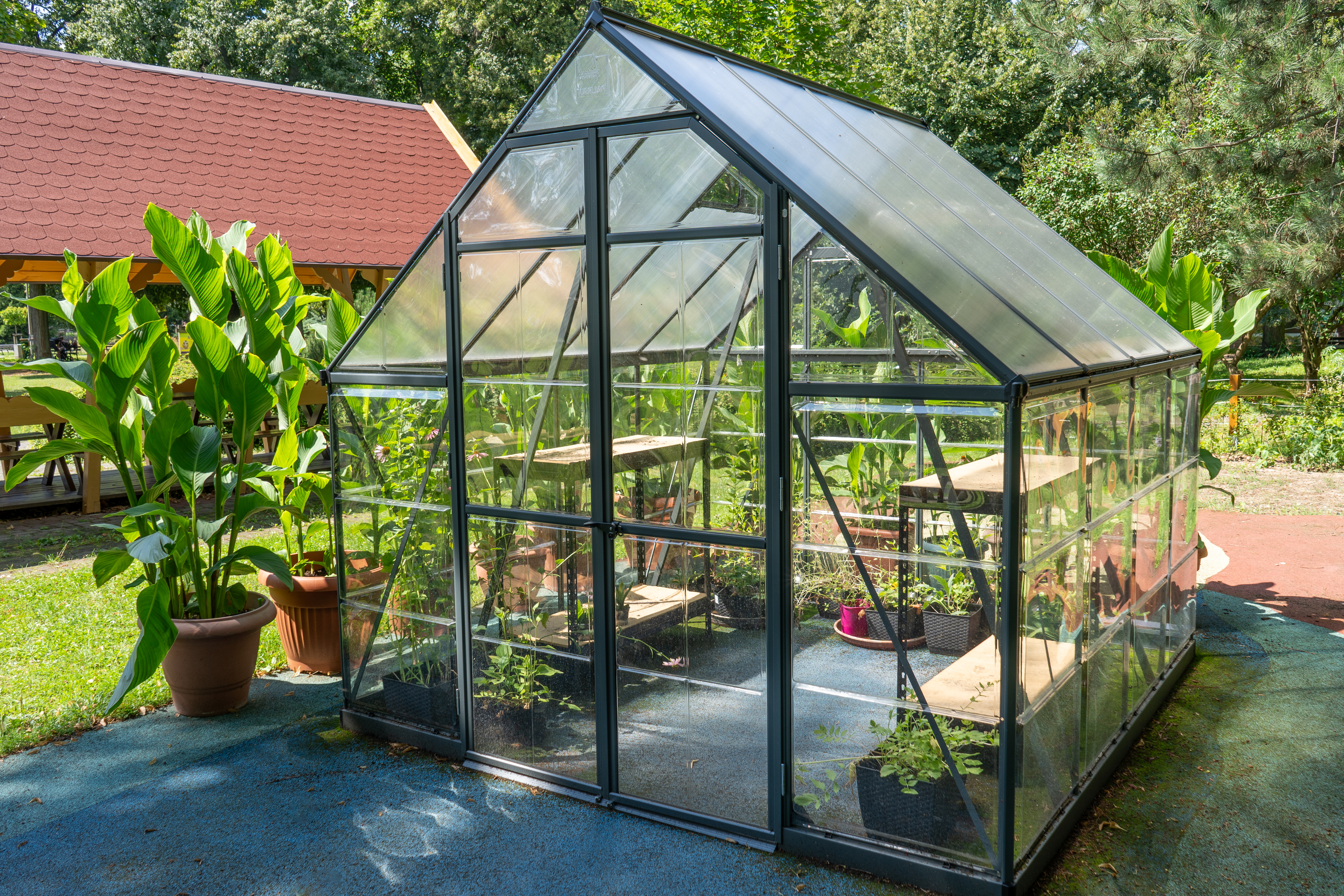
Discover the cost to build a greenhouse. Learn about average prices, key cost factors, and how to save on your greenhouse project.
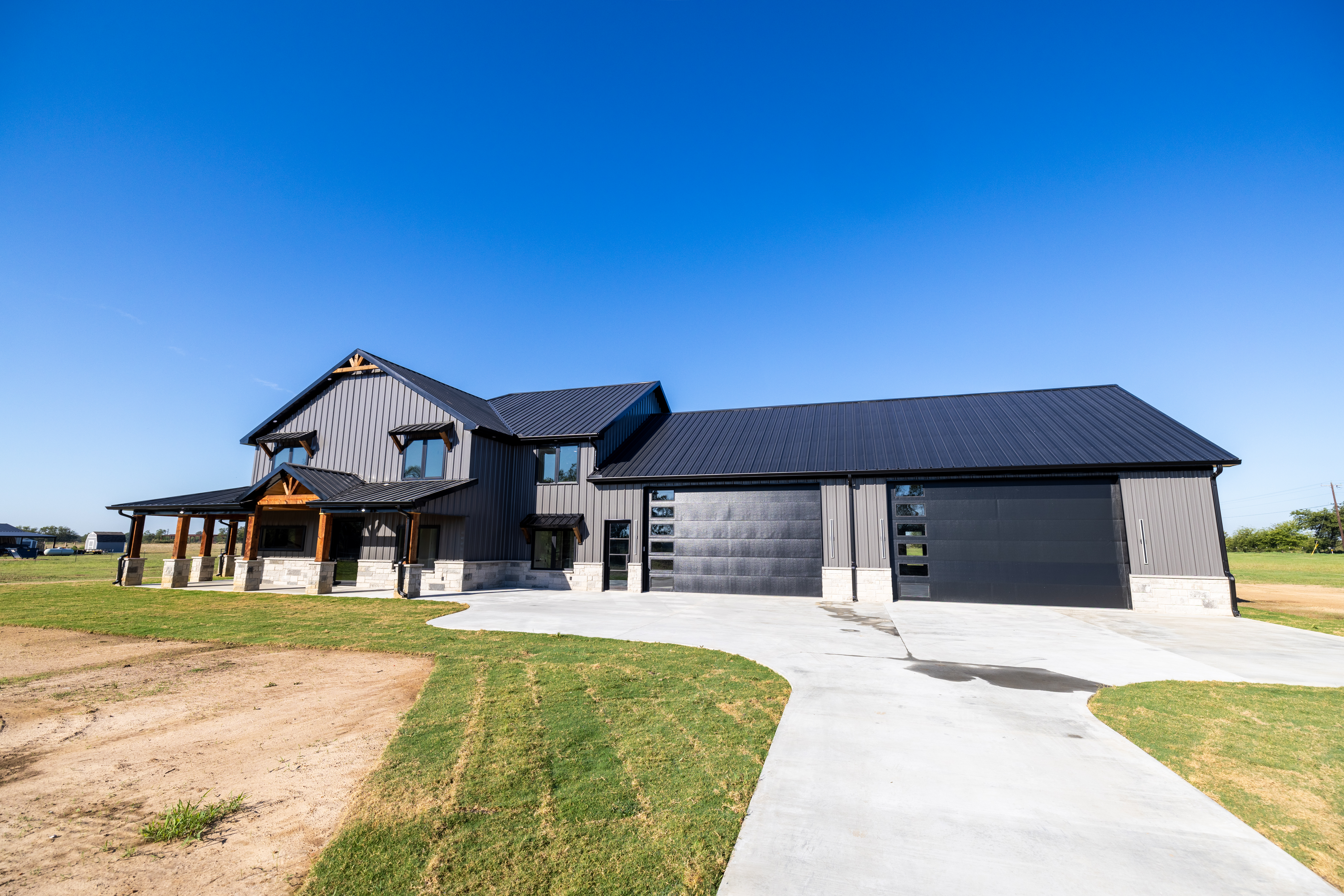
Barndominiums combine the comforts of home with rural living. Compare the pros and cons of barndominium homes to see if one is right for you.
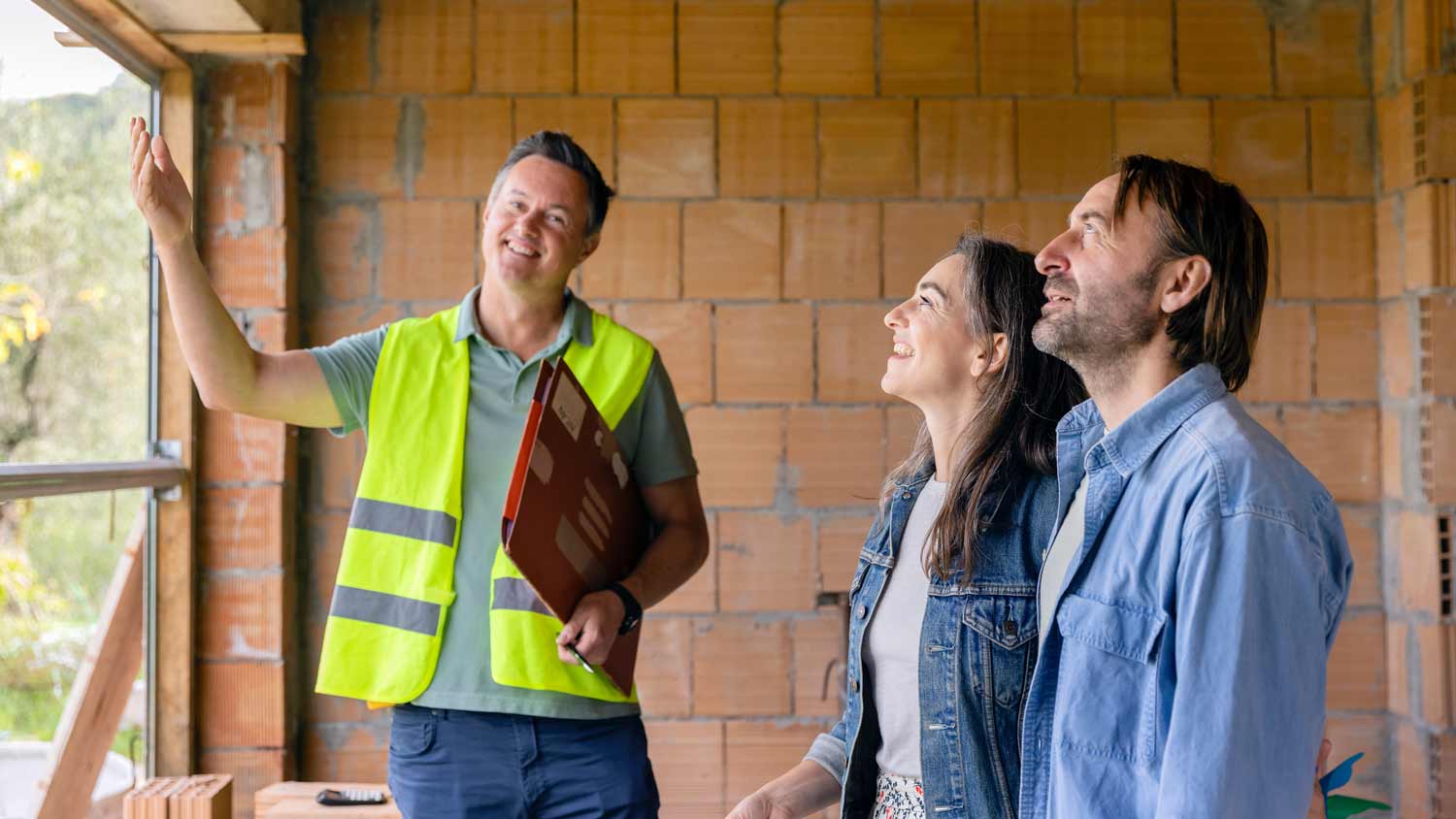
Planning and construction takes longer when you don’t follow pre-set plans. Learn how long it takes to build a custom home so that you know what to expect.

It’s exciting to start planning your dream home, but first, you need to find the right professional to manage the work. Discover who to hire to build a house.